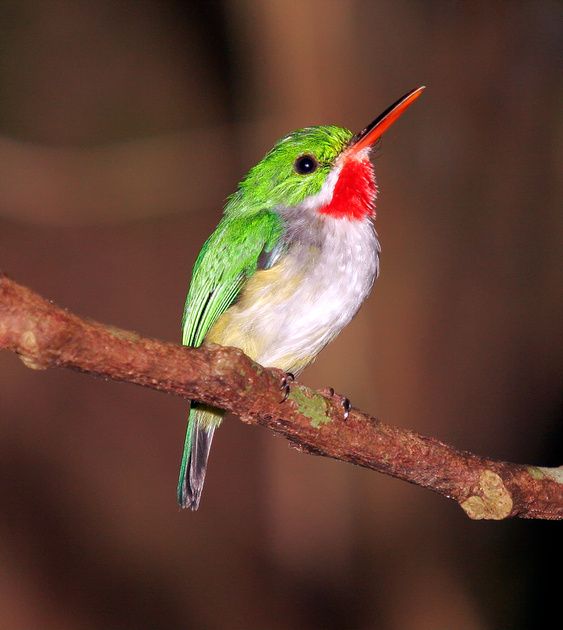- cross-posted to:
- earth@hexbear.net
- cross-posted to:
- earth@hexbear.net
The brown pelican (Pelecanus occidentalis) is a bird of the pelican family, Pelecanidae, one of three species found in the Americas and one of two that feed by diving into water. It is found on the Atlantic Coast from New Jersey to the mouth of the Amazon River, and along the Pacific Coast from British Columbia to Peru, including the Galapagos Islands. The nominate subspecies in its breeding plumage has a white head with a yellowish wash on the crown. The nape and neck are dark maroon–brown. The upper sides of the neck have white lines along the base of the gular pouch, and the lower fore neck has a pale yellowish patch. The male and female are similar, but the female is slightly smaller. The nonbreeding adult has a white head and neck. The pink skin around the eyes becomes dull and gray in the nonbreeding season. It lacks any red hue, and the pouch is strongly olivaceous ochre-tinged and the legs are olivaceous gray to blackish-gray. They find habitats around coastal beaches and lagoons. Although their native range includes the Atlantic, Pacific, and Gulf coasts, brown pelicans spend a lot of time on small islands away from populated areas. Brown pelicans search for fish by flying low over the water. The brown pelican is a very gregarious bird; it lives in flocks of both sexes throughout the year. In level flight, brown pelicans fly in groups, with their heads held back on their shoulders and their bills resting on their folded necks. Brown pelicans feed on mid-sized fish and some invertebrates. They require up to 4 pounds of food per day. Their diet consists mainly of menhaden, herring, sheepshead, pigfish, mullet, grass minnows, top minnows and silversides—all fish considered commercially unimportant. Predation on adult brown pelicans is rarely reported, but cases where they have fallen prey to bald eagles have been reported. Also, South American sea lions and unidentified large sharks have been observed to prey on adult brown pelicans by seizing them from beneath while the birds are sitting on ocean waters. Adults are silent except during wing-jerking displays, which force air from their lungs and produce a low, hoarse sound. Nestlings use a shrill, rasping squawk to beg for food. When defending its nest, the Brown Pelican snaps its bill together with a loud popping sound that resonates in its throat pouch. Here is a link so you can listen to this bird too.

